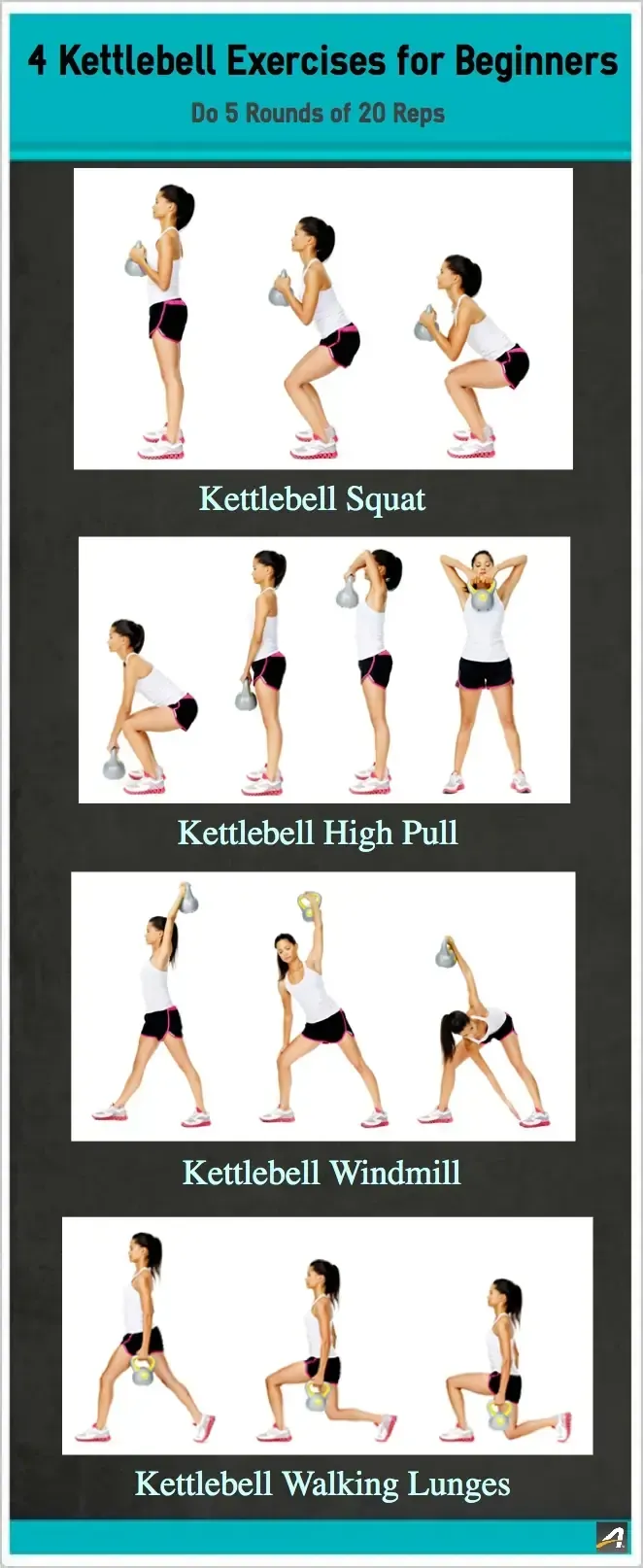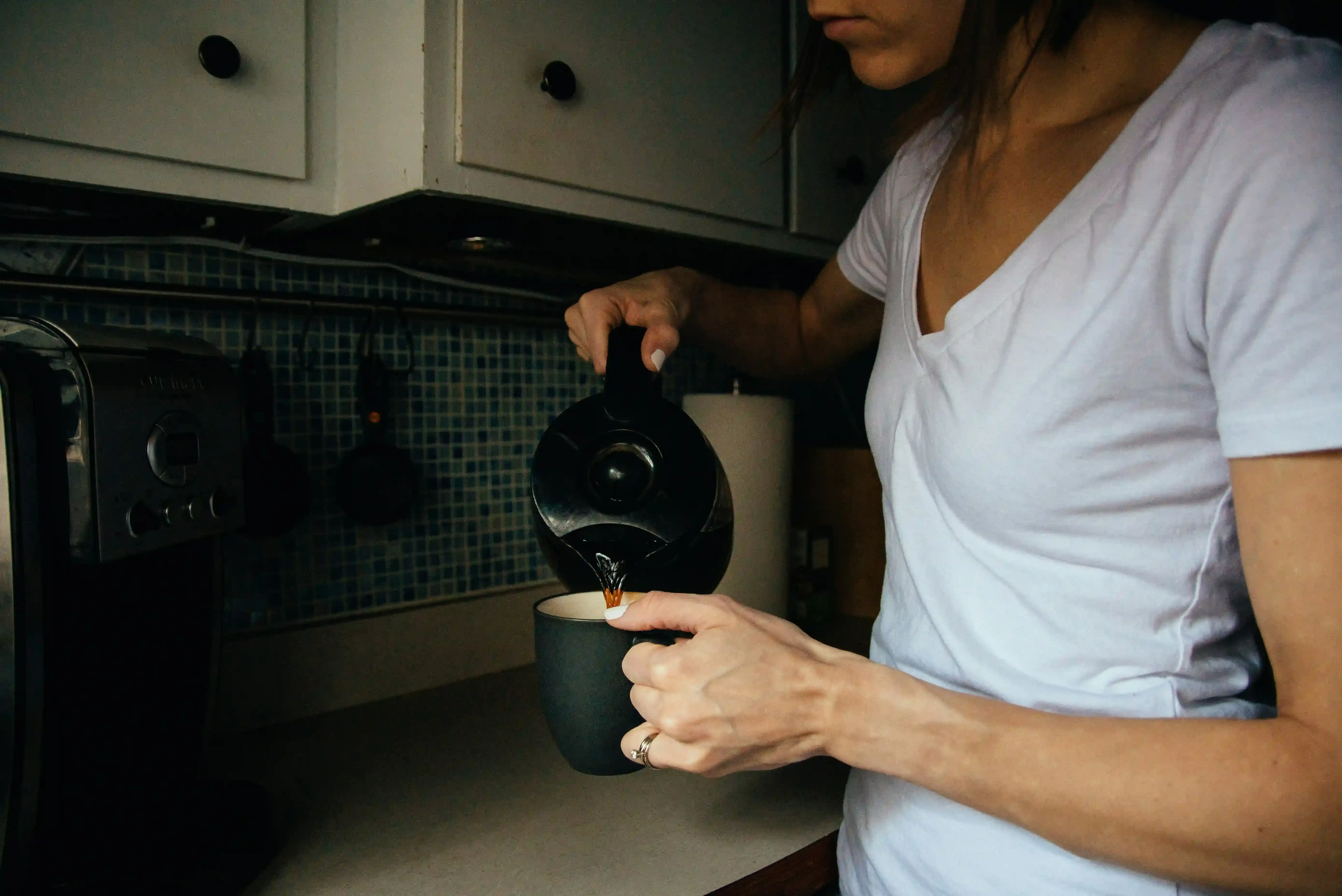Table of Contents
Maybe you’ve eyed those cast iron cannonballs in the gym corner and wondered, "What the heck do I do with that?" You're not alone. Kettlebells look different, feel different, and frankly, move different than your standard dumbbells. But for women just dipping their toes into strength training, learning beginner kettlebell exercises offers a seriously effective route to building muscle, boosting metabolism, and feeling stronger in everyday life. Forget endless cardio or complicated machines; kettlebells provide a dynamic, full-body challenge that’s hard to beat when you know the basics.
Why Kettlebells Work for Beginner Women

Why Kettlebells Work for Beginner Women
Beyond the Bicep Curl: Full-Body Action
Look, when you're just starting out, you want exercises that give you the most bang for your buck. You don't have hours to spend isolating tiny muscles. This is precisely why kettlebells shine, especially for beginner kettlebell exercises for women. Unlike dumbbells, the weight isn't centered in your hand. It hangs below the handle, changing the physics of the movement entirely. This forces your body, particularly your core, to work harder to control the weight through space. Think about a kettlebell swing – it's not just an arm exercise; it's a powerful hip hinge that engages your glutes, hamstrings, back, and core all at once. This multi-joint, full-body engagement builds strength and burns calories efficiently.
Building Real-World Strength and Stability
Picking up a kettlebell isn't just about lifting something heavy; it's about learning to manage an external load dynamically. This translates directly to real-life situations. Carrying groceries, lifting a child, moving furniture – these aren't static lifts; they involve balance, coordination, and core stability under load. Kettlebell movements, even beginner ones, teach your body to work as a cohesive unit. They challenge your balance and proprioception (your body's sense of where it is in space) in a way that many traditional weightlifting exercises don't initially. For beginner women, this means building not just visible muscle, but also practical, functional strength that makes everyday tasks feel easier and helps prevent injuries.
Think of it this way:
- Kettlebell Swing: Builds powerful hips and core, great for lifting things off the floor.
- Kettlebell Goblet Squat: Improves squat form and strengthens legs and core while teaching you to hold weight in front.
- Kettlebell Deadlift: Teaches safe lifting mechanics from the ground, protecting your back.
- Kettlebell Overhead Press: Develops shoulder strength and stability, useful for reaching overhead.
These are foundational movements that build a strong base.
Essential Beginner Kettlebell Exercises for Women to Master

Essential Beginner Kettlebell Exercises for Women to Master
Getting Started: The Kettlebell Goblet Squat
Alright, let's talk brass tacks. Before you even think about swinging that thing like a pro, you need to nail the basics. The goblet squat is your absolute best friend when you're starting out with beginner kettlebell exercises for women. Why? Because holding the kettlebell at your chest (like you're holding a goblet, get it?) acts as a counterbalance. This makes it way easier to keep your chest up and your back straight while you learn to squat down properly. It's a fantastic way to build lower body strength – think quads, hamstrings, glutes – and simultaneously hammer home good squatting mechanics. It forces you to engage your core just to hold the weight steady.
Building a Foundation: The Kettlebell Deadlift
Next up on the must-master list for beginner kettlebell exercises for women is the deadlift. Now, don't let the name scare you. This isn't about lifting a ridiculous amount of weight initially. It's about learning how to lift something heavy off the ground using the power of your hips and legs, not your lower back. The kettlebell, placed between your feet, makes this movement incredibly intuitive. You hinge at your hips, keep your back flat, grab the handle, and stand up tall, squeezing your glutes at the top. This movement is fundamental for pretty much everything you do in life that involves picking things up. Get this right, and you've built a superpower.
Here are those two key moves summarized:
- Goblet Squat: Holds the kettlebell at chest level. Focus on sitting back and down, keeping your chest high. Great for learning proper squat depth and engaging the core.
- Deadlift: Kettlebell starts on the floor between your feet. Hinge at hips, flat back, stand up using leg and glute power. Essential for safe lifting mechanics.
Form First: Staying Safe with Kettlebells

Form First: Staying Safe with Kettlebells
Why Good Form Isn't Optional, It's Everything
Look, picking up a kettlebell isn't like grabbing a soup can. It's a dynamic weight, and gravity is a harsh mistress if you're not paying attention. When you're tackling beginner kettlebell exercises for women, prioritizing form isn't just about being fancy; it's about keeping your spine happy and your joints intact. Swing a kettlebell with a rounded back just once, and you'll understand the immediate, unpleasant feedback loop. Building bad habits early is a express ticket to pain town, and nobody wants that. Proper technique ensures you're actually working the muscles you intend to work – the powerful ones like your glutes and hamstrings – instead of just muscling through with your back or shoulders.
Dialing in the Details: Simple Form Cues to Remember
So, how do you make sure you're doing it right? It starts with mindfulness. Before you lift, take a breath. Plant your feet firmly. Think about the movement before you execute it. For swings and deadlifts, the mantra is "hinge, don't squat." That means pushing your hips back like you're trying to touch a wall behind you, keeping a relatively straight leg line (a soft bend is fine), and maintaining a flat back. Your chest should stay lifted, shoulders pulled down away from your ears. For squats, think about sitting *down* between your knees, keeping the kettlebell glued to your chest, and driving up through your heels. It sounds simple, but it requires practice and focus. Don't be afraid to use a mirror or even film yourself to check your angles.
- Hinge at the Hips: Push hips back, keep back flat, especially for swings and deadlifts.
- Brace Your Core: Engage your abs like you're about to get punched (gently!).
- Shoulders Down: Avoid shrugging the weight up towards your ears.
- Control the Weight: The kettlebell shouldn't be controlling you; you control it.
Putting It Together: A Sample Beginner Kettlebell Workout for Women

Putting It Together: A Sample Beginner Kettlebell Workout for Women
Structuring Your First Kettlebell Session
you’ve got the basics down – the goblet squat and the deadlift. You understand why form is king. Now what? How do you actually turn these pieces into a workout? It’s not about doing a million reps or trying to lift the heaviest kettlebell in the gym on day one. For beginner kettlebell exercises for women, it’s about consistency and building volume with good form. Think of your first few sessions as practice. You’re grooving the movement patterns, getting a feel for the weight. A solid structure involves a warm-up (don't skip this!), practicing your core movements with lighter weight, and then maybe incorporating a simple combination or two. It shouldn't feel like you're training for the Olympics; it should feel like you're learning a new skill.
A Simple Plan to Get You Started
Let's make this concrete. Here's a straightforward way to structure a beginner kettlebell workout. After a dynamic warm-up (think arm circles, leg swings, maybe some bodyweight squats), grab a light kettlebell. Something you can comfortably hold for the goblet squat for several reps. Start with the Goblet Squat. Do 3 sets of 8-10 repetitions, focusing purely on form. Rest for 60-90 seconds between sets. Next, move to the Kettlebell Deadlift. Again, 3 sets of 8-10 reps. Focus on that hip hinge and keeping your back flat. Don't worry about speed. This isn't a race. It's about quality movement. That's it. Two exercises, building a solid base. You can do this 2-3 times a week, allowing a day of rest in between.
Here's that simple structure:
- Dynamic Warm-up (5-10 minutes)
- Kettlebell Goblet Squat: 3 sets of 8-10 reps
- Rest 60-90 seconds
- Kettlebell Deadlift: 3 sets of 8-10 reps
- Rest 60-90 seconds
- Cool-down/Stretching (optional but recommended)
Your Kettlebell Journey Starts Now
So, there you have it. Kettlebells aren't just fancy paperweights; they're a legitimate tool for building serious strength and fitness, especially for women starting their journey. We've covered the 'why,' the key beginner kettlebell exercises, the non-negotiable need for good form, and even offered a starting point for your workouts. It's not about becoming an overnight lifting phenom; it's about consistency, learning the movements correctly, and respecting the weight. Grab a light kettlebell, focus on quality over quantity, and see how these simple, powerful moves can change how you feel and move. Stop thinking about it and start swinging.